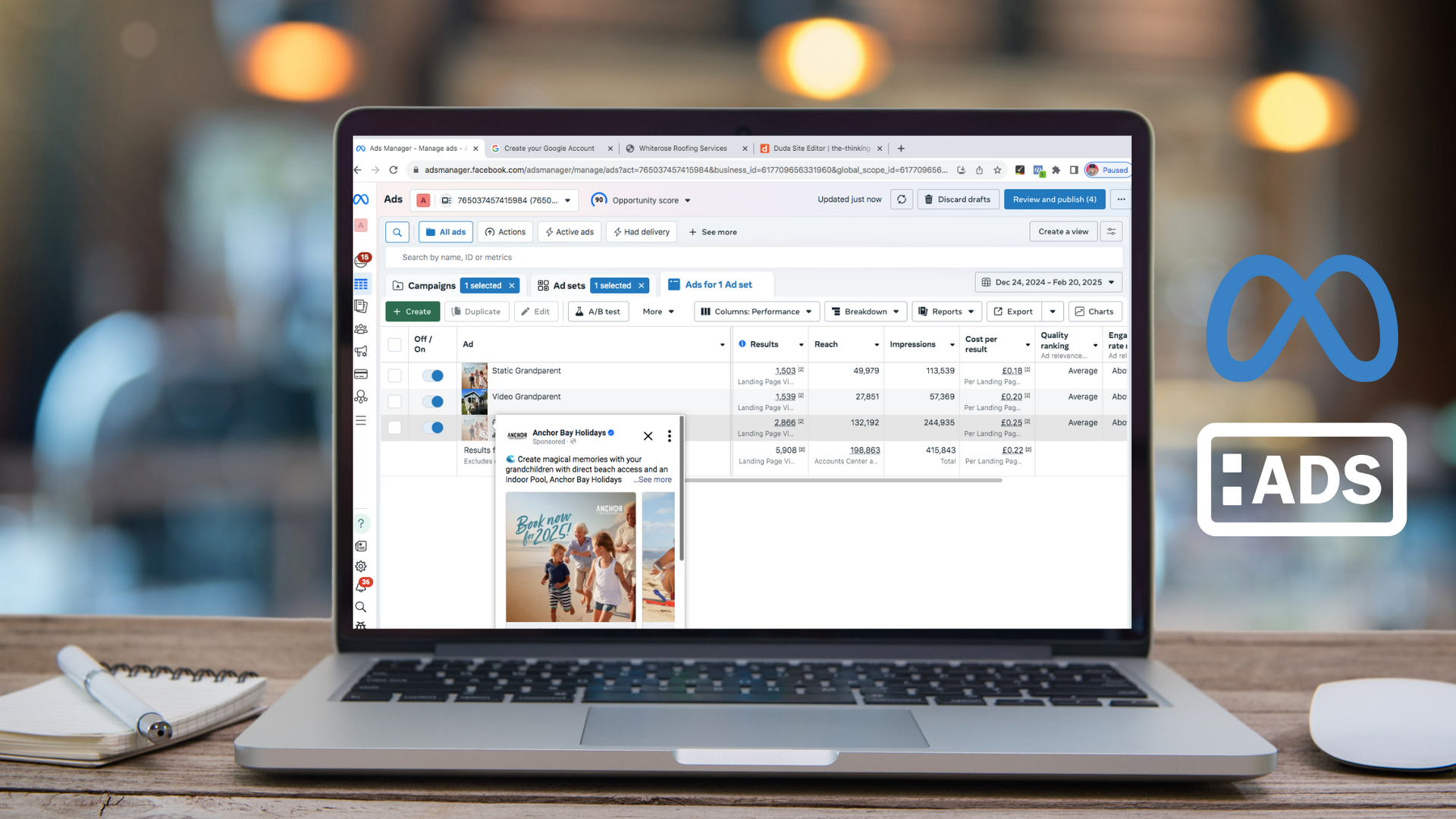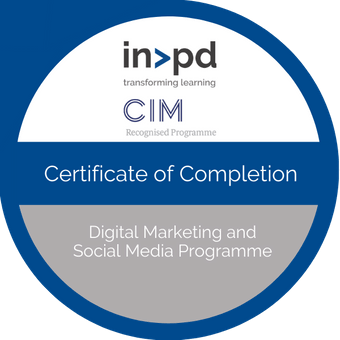How to make your social media content accessible
How to make your social media content accessible

On a recent LinkedIn post talking about my LINGO course, a connection asked if it went into details about making your social media content accessible. They shared first-hand insights into their issues with partial sight.
This conversation gave me a boost to brush up my skills and update the course, filling in my own knowledge gaps. LINGO now has a bigger focus on accessibility.
Why is it so important to make your content accessible?
In the UK, more than 2 million people have sight loss, either partially or fully. It’s estimated a further 10-11 million are deaf or hard of hearing. There are many other disabilities that make navigating online hard, too.
When your content isn't accessible you risk losing customers, clients, candidates, followers, and connections. You don’t want to alienate a huge portion of your potential customer base by not making your customer journey and social media content accessible.
As well as this, you could face reputational damage and legal penalties in some countries.
You need to learn how to improve your content to provide the best experience for as many people as possible. There are no negatives to making these changes. Making your social media content accessible helps everybody, as the best practises usually improves the experience for people without accessibility issues, too.
Improving accessibility in your content
First off, think about all the potential barriers your customers who have vision impairments or hearing loss could face when they interact with your company. Imagine being in their position – how easy would it be to get the full picture?
Putting yourself in other people’s shoes can help with identifying the steps for improvement. Spot opportunities and make a note of who else is creating accessible content you can take inspiration from.
Alongside the advice to always use clear language and good visual formatting, here are a few specific areas you can optimise your content for accessibility.
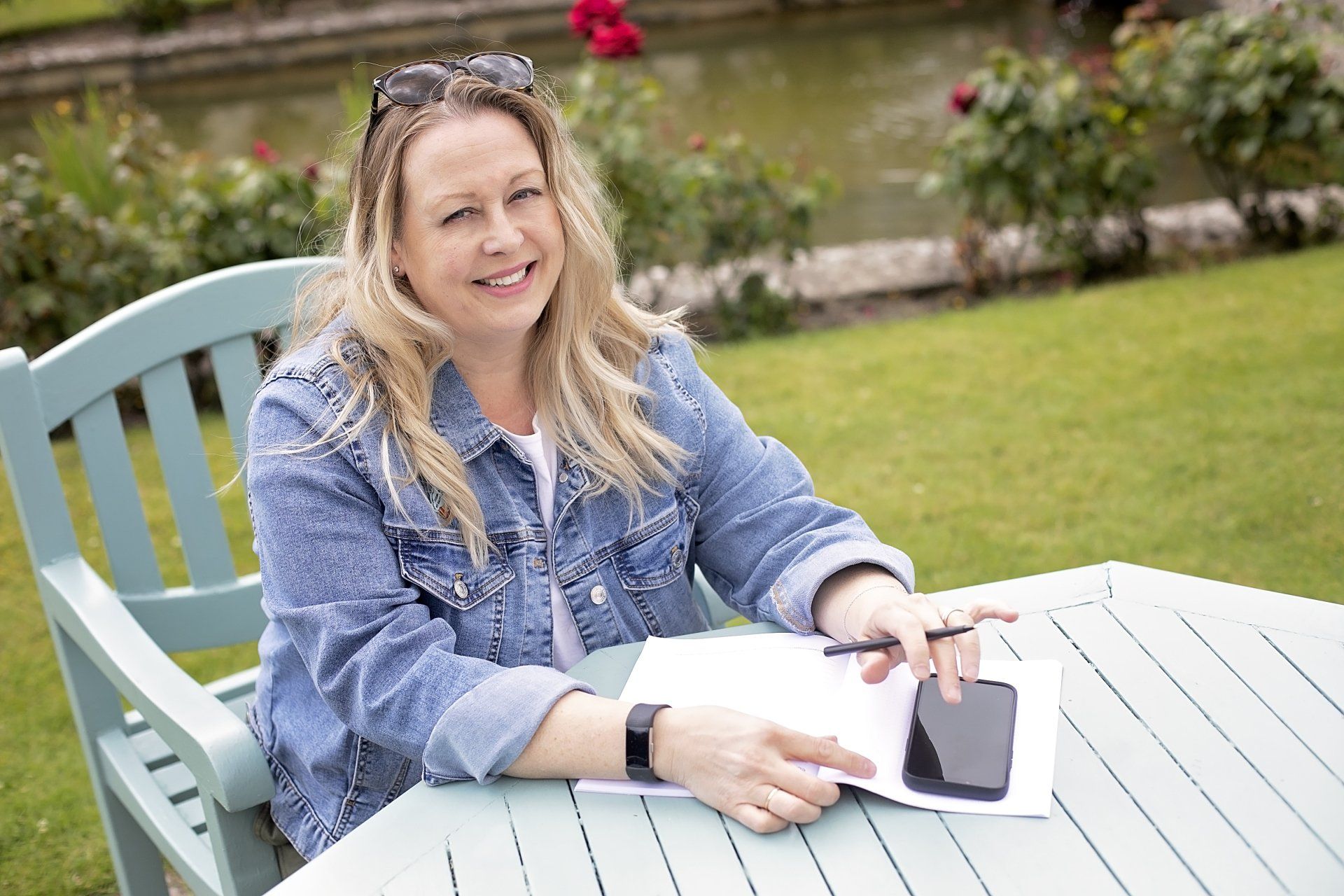
Consider these points the next time you share content online.
Screen readers
Screen readers are used by many people, not just those with visual impairments. People who are neurodivergent, have dyslexia, and have cognitive disabilities also use screen readers to help digest information.
It’s important to make sure people who need to use screen readers to access your content can understand the message. You need to include Alt text that describes images and videos.
Emojis 🤓
Emojis can confuse the message when the description is read out, so they should be used sparingly. Don’t use them instead of words and try to use them at either the beginning or end of sentences instead of the middle.
Contrast checking
It’s also vital to make your social media content accessible by considering using contrasting colours. When colours are not contrasting enough, it’s difficult for people with vision impairments and some forms of dyslexia to read them. The higher the contrast, the more legible things are.
If you’ve been sharing graphic images with very similar tones, this could have been causing difficulties for people. As does pale text on a white background.
The best way to be sure is to use an online contrast checker. The WebAIM contrast checker allows you to put in your colour combinations and it gives you a score for free. It will flag up if your colours are accessible or not, giving you advice on how to improve it. Below is a screenshot of my brand orange with white text . As you can see, a smaller regular font has failed as it doesn't stand out until it's larger and bold or in a white box with black text.
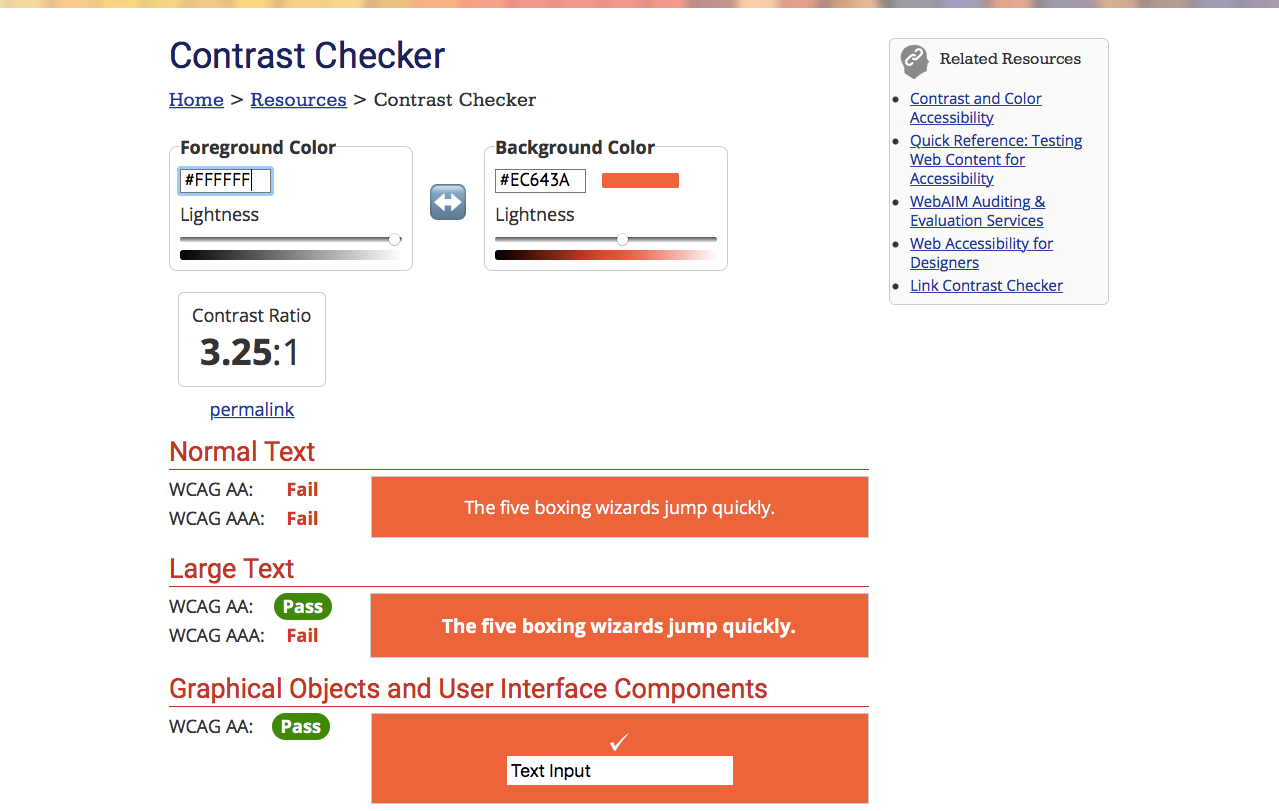
Caption videos
For people who are deaf or hard of hearing, including closed captions on your videos or audio files is a must for making your social media content accessible. Most platforms now have free in-app caption generators, which is great.
You should spend some time checking the captions are accurate, as they can sometimes pick up words and translate them wrong. Edit the phrases before hitting publish, so you can make sure everyone understands the content you share.
Another bonus to adding captions to your videos is it helps people who scroll their social media feeds without sound – hearing impairment or not. 80% of people will be more likely to watch to the end of a video with captions than without. 69% of people turn their sound off in public, and even in private 25% of people watch with no sound – it’s a feature NOT to be missed!
Making hashtags accessible
Hashtags are a great way to add more reach to your social media posts. Use camelCase or PascalCase in your hashtags. Capitalising the words means they’re easier to read – #likeThis or #LikeThis.
Here’s everything you need to know about using hashtags on social media.
Maximise your social media content with LINGO training
The LINGO course goes into more detail about putting this into practise and integrating accessibility to your annual social media content plan.
There are LINGO courses available for individuals and corporates. What’s the difference?
- The LINGO LinkedIn coaching programme is run monthly for individuals. It’s a series of live workshops aimed at B2B service providers, sales professionals, solopreneurs, and general business owners. In five days, you learn all the essential skills to start generating business through LinkedIn.
The course itself is accessible, with live workshop sessions, workbook, and Trello board all easy to use.
- The LINGO course is also available as a corporate package. Aimed at teams, the training is adapted to coach the individual team members on a common company goal.
In the session, we then spend extra time forming a head start with their content. You can also add on a content planning workshop to make the most of the day! Of course, we would focus on making sure your social media content is accessible.
If your company is looking to make your content more accessible, the corporate LINGO package is a great option. We can evaluate the content you already have and provide training to improve it.
Although The Thinking Cap can train you on making your social media content accessible, it may be worth speaking to an Accessibility Adviser for other elements of your business.
Jamie Shields at Disabled by Society is brilliant and can give you advice on areas for improvement. You can contact him via email: info@disabledbysociety.com or through their website: www.disabledbysociety.com.
Hopefully, you now see the value in making your social media content accessible. Sign up for the LINGO course to get practical advice and learn how to STOP Disabling people online with personalised coaching.
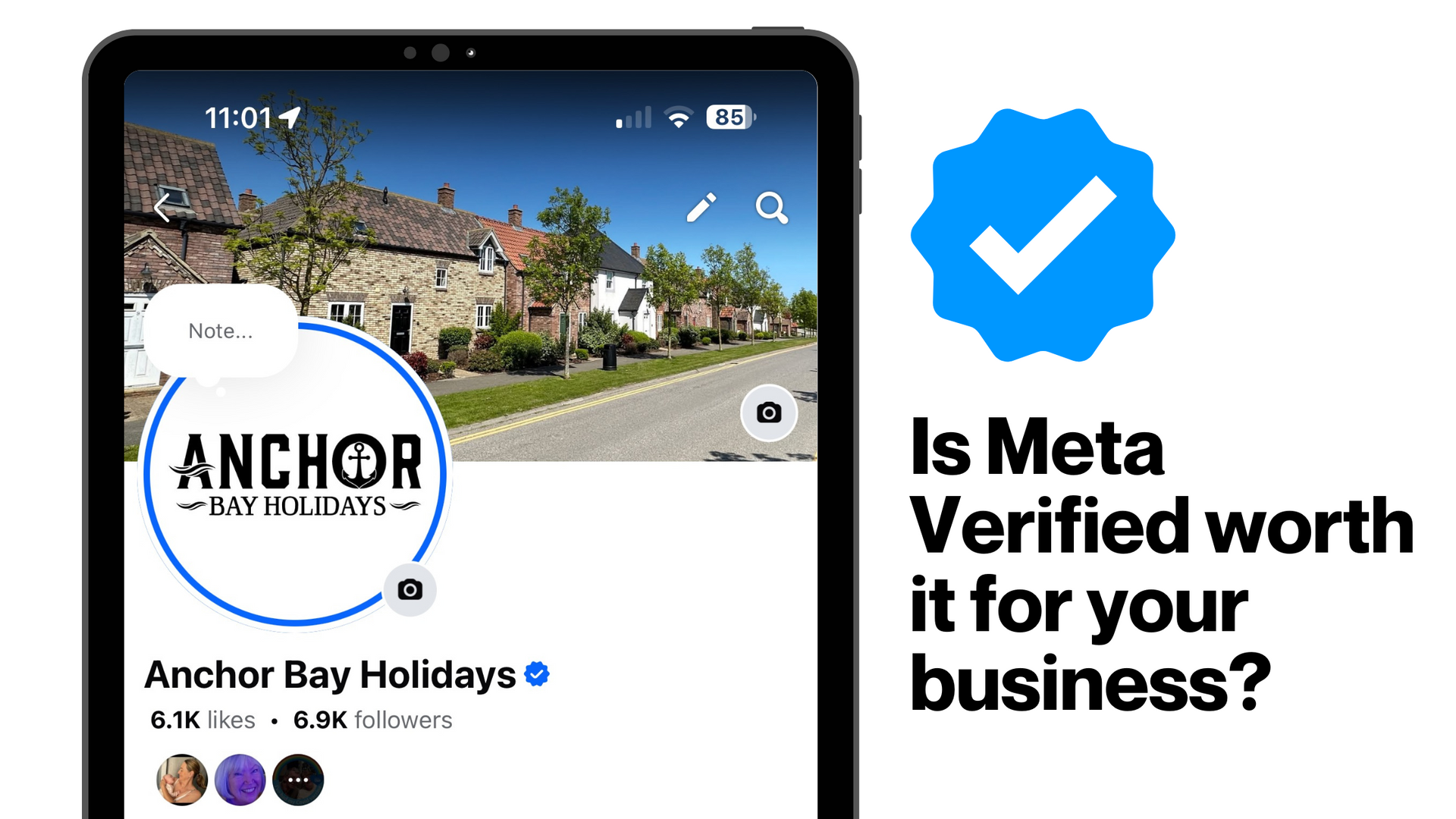



How you can effectively use LinkedIn for free to boost your marketing and grow your podcast audience
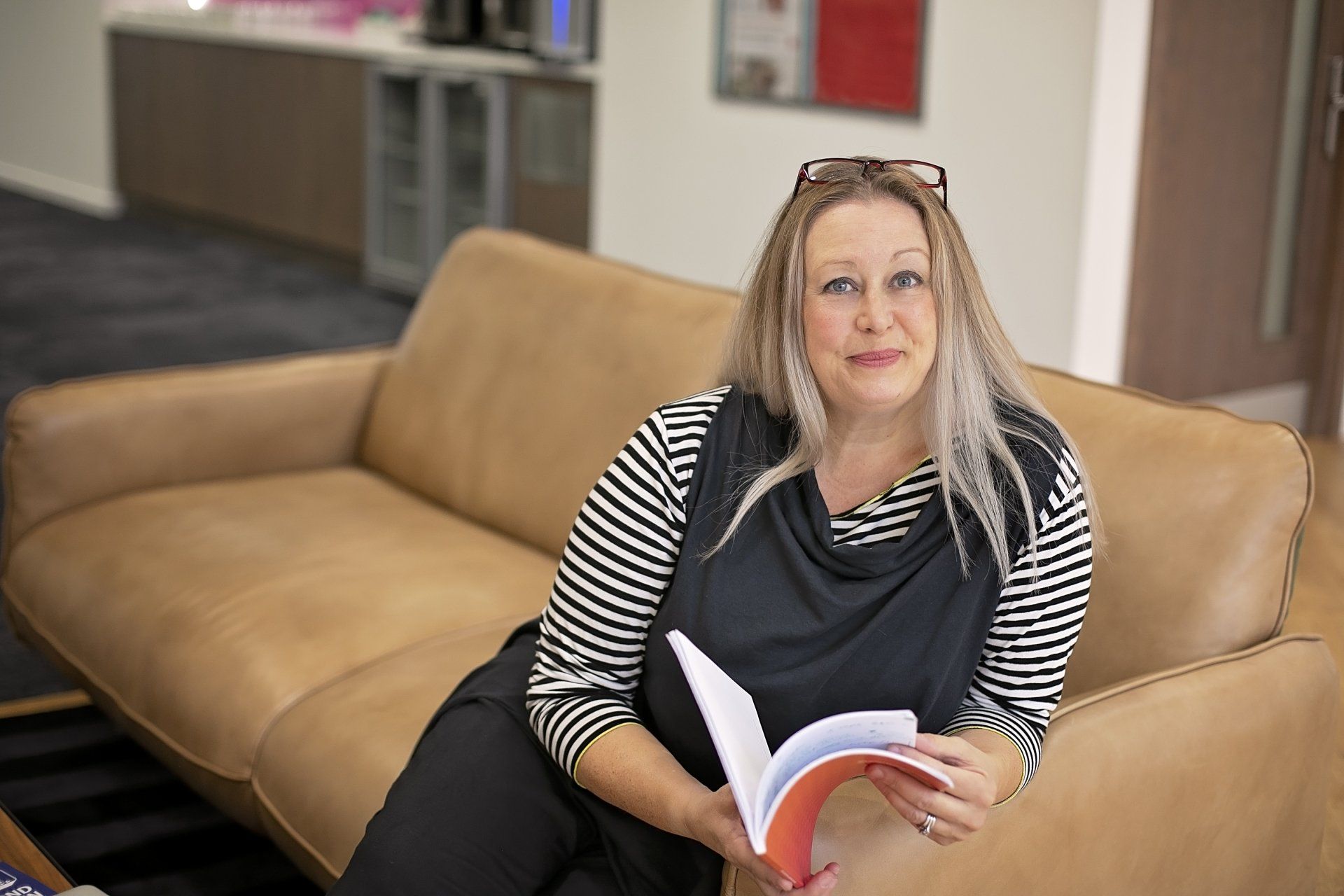



I hope you enjoyed reading this blog post.
If you’d like further help, let’s jump on a call and have a chat.

